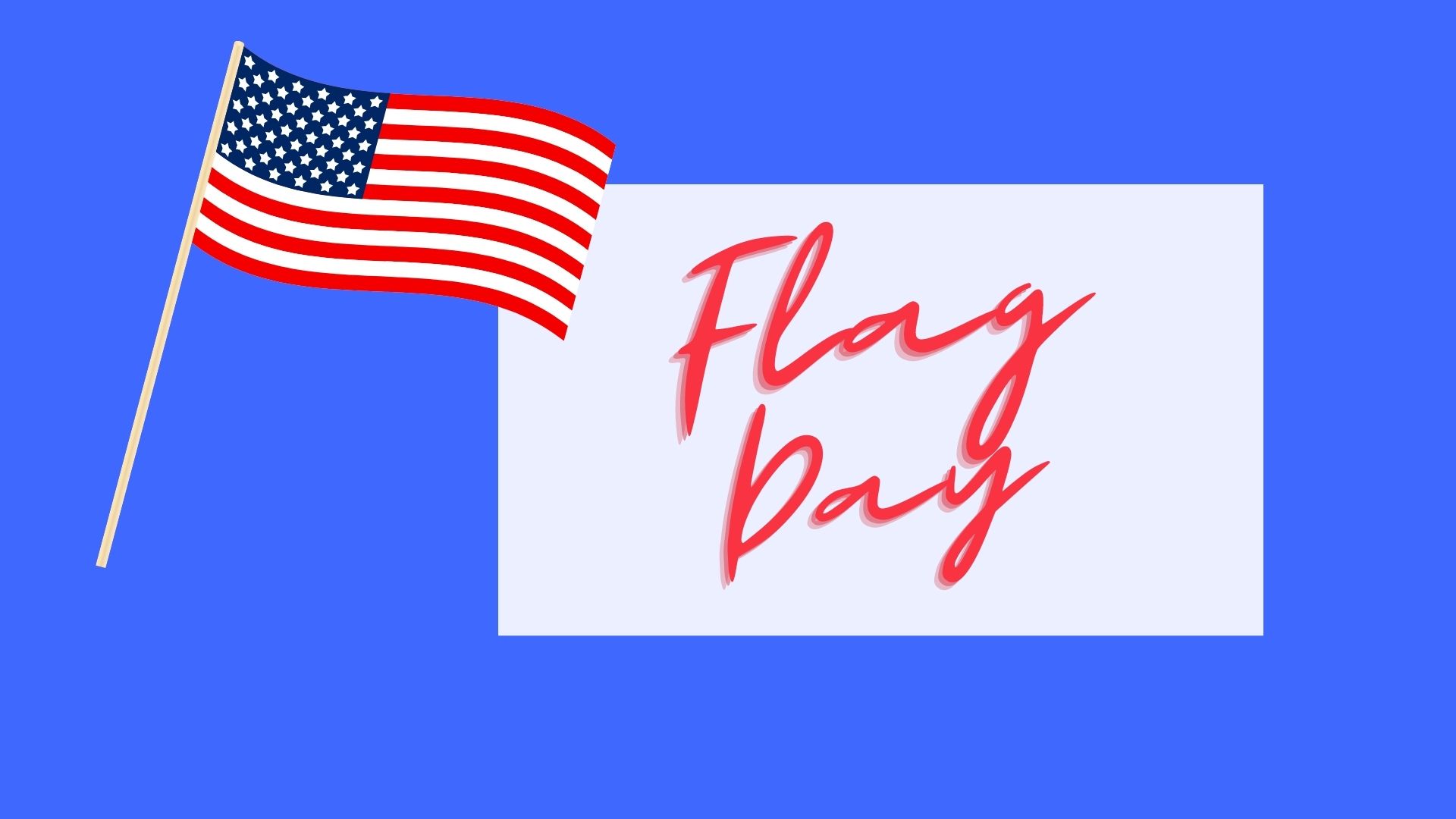Philadelphia seamstress Margaret Manny sewed the first Continental Colors for a Philadelphia merchant vessel purchased by the Naval Committee of the Continental Congress and outfitted as the first Continental Navy fighting vessel, Alfred. In December of 1775, this flag was raised for the first time on any American fighting vessel. A year later, the flag was considered the official flag of the American naval forces by the Maritime Committee of the Continental Congress.
On New Year’s Day in 1776, George Washington ordered the Continental Colors to be raised on Prospect Hill in Somerville, Massachusetts in celebration of the birth of the Continental Army. The flag, 13 alternating red and white stripes with a British Union Jack in the corner, could be seen from Boston. Unfortunately, the British interpreted the Union Jack element on the flag as a sign of surrender.
The Continental Colors were replaced on June 14, 1777, when the Second Continental Congress resolved that “the flag of the United States would be … 13 stripes, alternate red and white,” and that “the union (would) be 13 stars, white in a blue field, representing a new constellation.” This is the famous “Stars and Stripes” flag sewn by Betsy Ross with the stars in a circle to depict their equality. The colors represent white for purity and innocence, red for valor and hardiness, and blue for vigilance, perseverance, and justice.
In 1916 Woodrow Wilson officially decreed June 14th as Flag Day to honor and respect our flag. Be sure to exhibit your American flag according to the etiquette of the U.S, Flag Code:
- The flag is normally flown from sunrise to sunset.
- In the morning, raise the flag briskly. At sunset, lower it slowly. Always, raise and lower it ceremoniously.
- The flag should not be flown at night without a light on it.
- The flag should not be flown in the rain or inclement weather.
- After a tragedy or death, the flag is flown at half-staff for 30 days. It is called “half-staff” on land, and “half-mast” on a ship.
- When flown vertically on a pole, the stars and blue field, or “union”, is at the top and at the end of the pole (pointed away from the building or your house).
- The American flag is always flown at the top of the pole. Your state flag and other flags fly below it.
- The union is always on top. When displayed in print, the stars and blue field are always on the left.
- Never let your flag touch the ground, never…period.
- Fold your flag when storing. Don’t just stuff it in a drawer or box.
- When your flag is old and has seen better days, it is time to retire it. There is a special ceremony for retiring and burning old flags. Contact your local Boy Scouts or American Legion to ask about a flag retiring ceremony. Old flags should be burned or buried. Please do not throw it in the trash.

